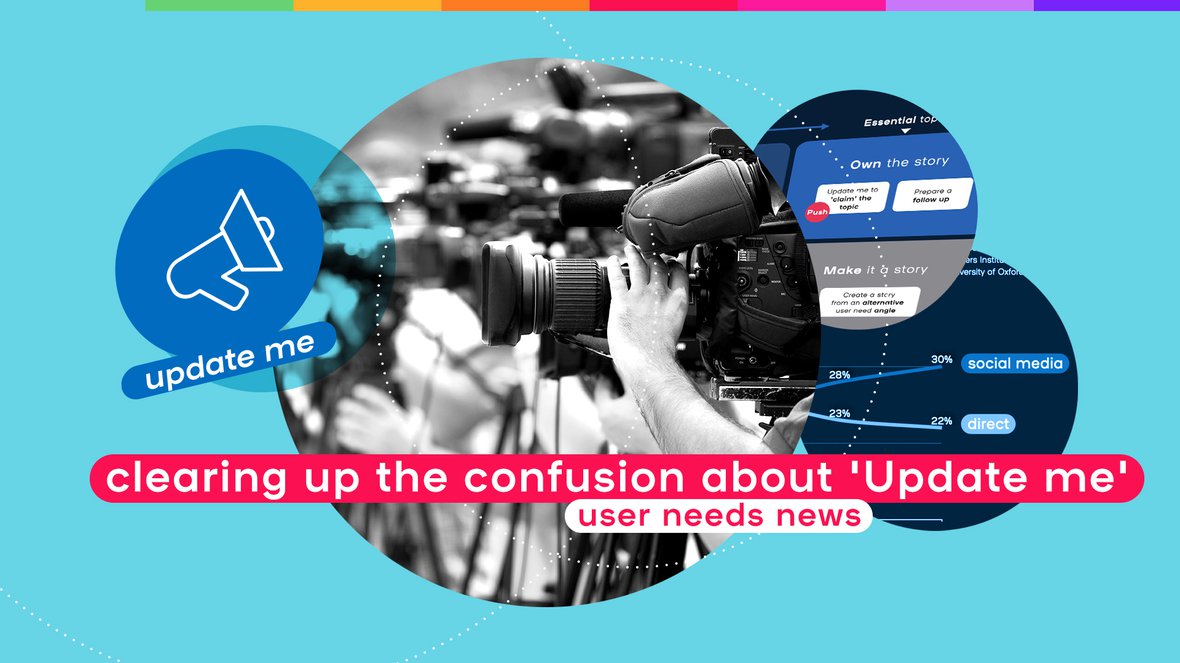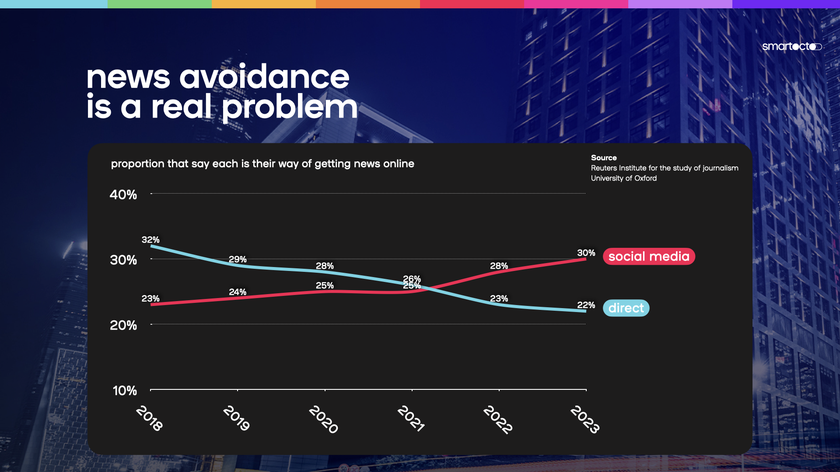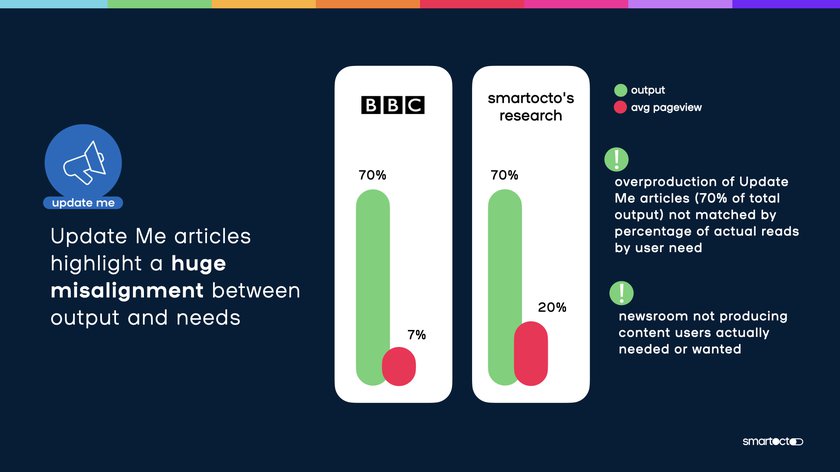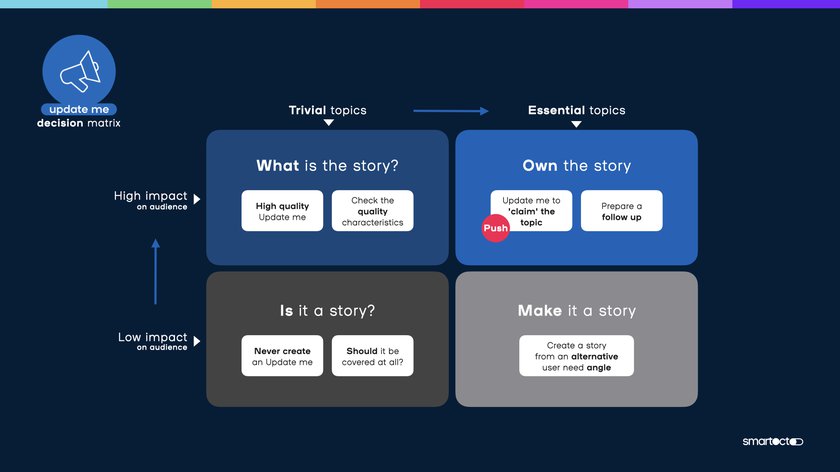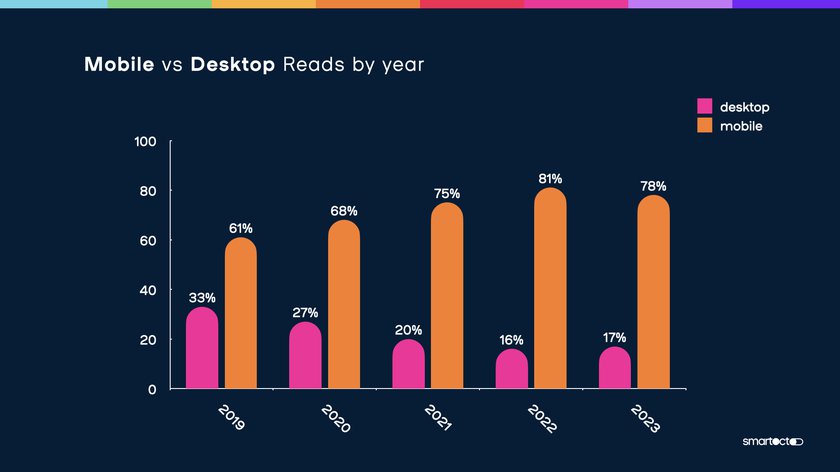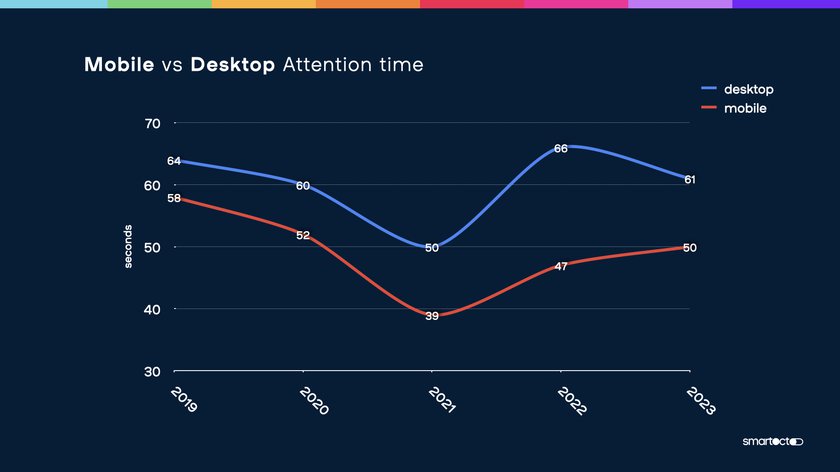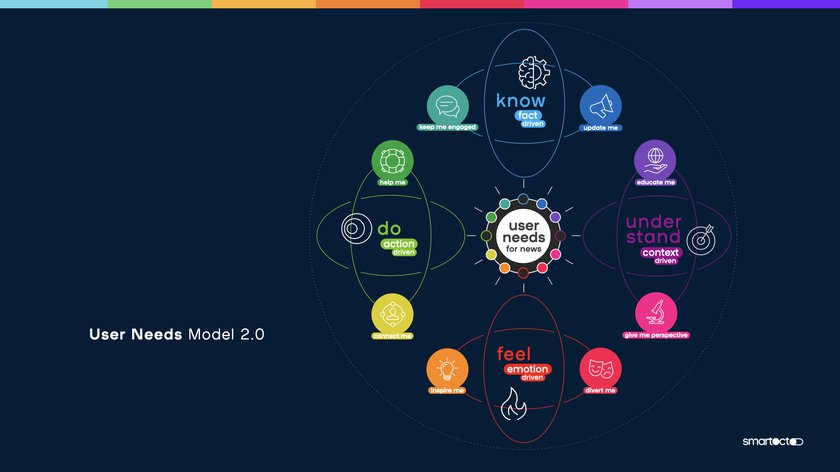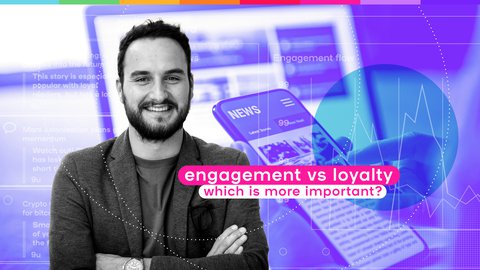For clients embracing the User Needs Model 2.0, we often notice an overproduction of 'Update me' stories. It's important to recognise that sometimes creating these stories is unavoidable, and that's perfectly alright.
Few tidbits of data analysis are as discussion-worthy as this one, which was revealed in the early stages of BBC’s user needs for news journey. 70% of its output fell into the ‘Update me’ category, but that 70% of content only accounted for 7% of its audience’s attention. The conclusion? Stop making these kinds of articles. Right?
It’s striking, yes. But here’s why that’s not quite the conclusion you should draw.
‘Update me’ news is breaking news. And, breaking news is kind of the point of news, isn’t it?
Updates have long been synonymous with news. But that was when bulletins were found hourly on the radio, or during the evening news on TV, or on the front page of the evening edition of the newspaper. When print, radio or TV was the delivery mechanism, updates and ‘the news’ were one and the same.
Now, though? Not so much.
Today, most of us are party to a relentless news cycle. We no longer have to wait for the 10pm news programme to find out what’s going on; if something’s happened, your phone will likely ping you a notification within seconds of it coming down the wire. News finds you - wherever you are.
The battle for attention - for whose breaking news bulletins and updates get seen - is now being fought for the hallowed space of your lock screen. Only our most trusted information and services are permitted to sit here.
So, if the function of ‘Update me’ is being fulfilled with notifications, lock screen alerts and via social media channels, what’s happening to all those digital column inches?
